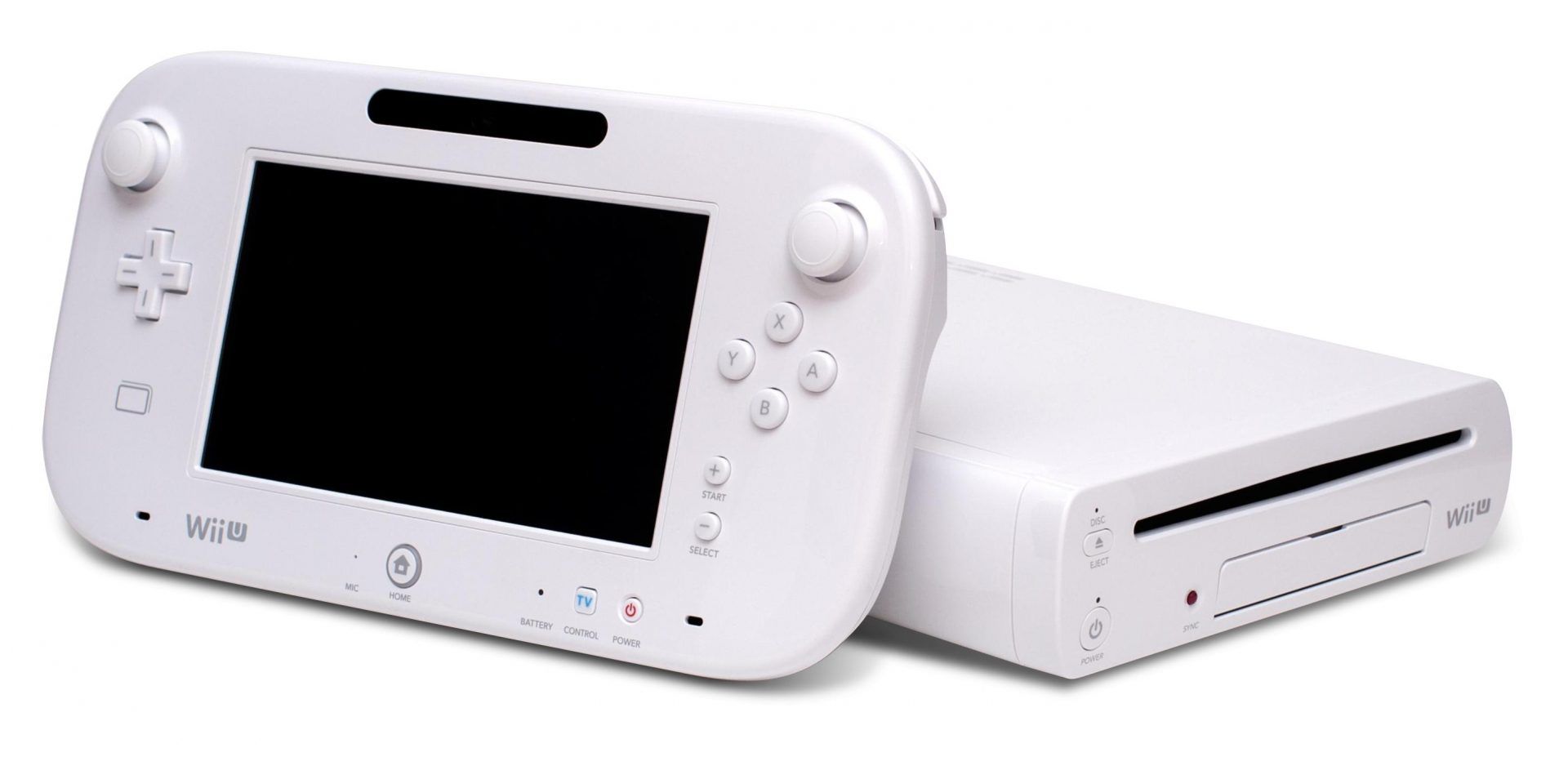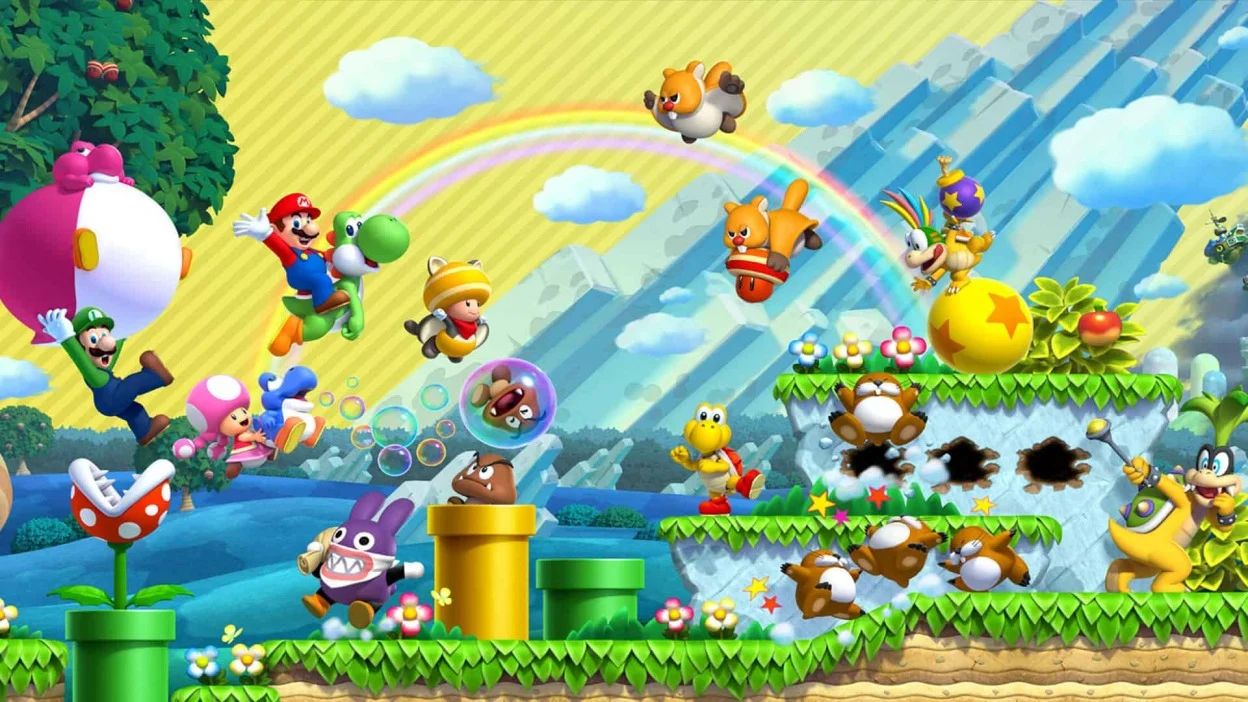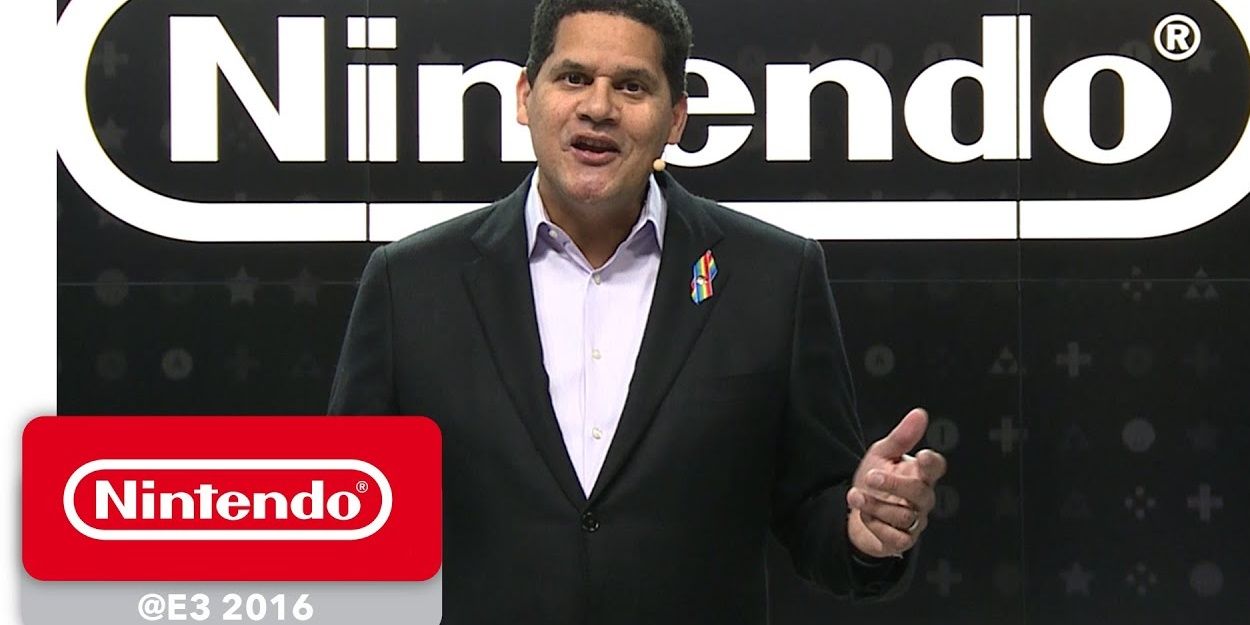Despite being Nintendo’s worst-selling console, the Wii U was a powerhouse for its time. It says something that many of the Switch’s most beloved and highest selling games were ported over from the Wii U. So let’s take a look at the unloved console, and give it some love that it never received during its lifetime.
Despite the Wii U’s interesting gamepad gimmick and the impressive list of first-party releases, the financial shortcomings caused by the console could have been disastrous for Nintendo. Thankfully, the massive success of the Nintendo 3DS made things much more manageable then they would have otherwise been. Why exactly did it fail so spectacularly? How did Nintendo get away with having a major console release end with a lifespan of four and a half years? (less if you consider how dire the release schedule was by the end).
A logical starting point for the story of the Wii U is probably the success of its predecessor. If sticking to convention with the N64 didn’t work, and beefing up the hardware with the Gamecube didn’t work either, they figured that keeping the hardware as moderate and affordable as possible – while implementing one of the most successful gimmicks of all time in motion controls – would win over consumers. The Wii was no more powerful than the Gamecube, but the motion controls and widespread appeal of Wii Sports, the most successful launch title of all time, would be more than enough to balance it out.
With this new casual audience in mind, you can see why Nintendo was tempted by another risky hardware gimmick with the Wii U. With the massive success of Apple’s iPad and the booming tablet market, the next evolution of the spirit of the Wii seemed an easy choice: touchscreens and (sort of) portability.
Unfortunately for Nintendo, everything else that could have gone wrong, did. Let’s start with the name: any time you are starting your new brand marketing campaign by causing confusion in the marketplace with the average consumer as to what your new device even does is a bad sign. Just about everybody thought it was an add-on for the Wii. With the massive success of the Wii, this might not have been the worst idea in the world, however the dwindling software support the console had in the earlier part of the 2010s led most consumers to move on for their game habits.
By 2012, more hardcore players had moved on to one of the other two major console releases that generation, the PS3 or Xbox 360 (which were both cheaper that late in their lifespan and more powerful). If either of these offerings was not up to snuff, players would only have to wait another year for the release of the Playstation 4 and Xbox One.
What about that casual audience that bought the Wii just for Wii Sports? A majority of them were getting what they needed from their smartphone: a device a majority of them already had and could offer a much cheaper experience while their Wii’s had been collecting dust for a few years at this point. Not to mention the United States was still dragging itself out of a major recession.
Dollar figures aside, even Nintendo’s other ill-fated consoles have their ardent fans and massive positives in their own right. The Wii U is no different in this regard. While the Wii was an underpowered system even at release, running at 480p or 480i at best, the Wii U could output as high as 1080p through HDMI. The power of the system can be described like this: most of the first-party titles for the Wii U don’t run much better on a Switch. Part of my reason for being somewhat apathetic toward the Switch is because I already enjoyed most of its best features with the Wii U years earlier. The handheld nature of the device allowed for play with just the gamepad (a few games such as Splatoon did not support handheld play). The stylus that shipped with the Wii U also didn’t make its way to the Switch, making games like Mario Maker arguably worse experiences on the Switch.
This is all in addition to the fact that many of the Switch’s best-reviewed games were originally released for the Wii U. Donkey Kong Tropical Freeze, New Super Mario Bros U, Zelda: Breath of the Wild and Captain Toad all had direct ports over to the Switch. Several games saw slightly updated versions ported over as well. Mario Kart 8 Deluxe was just a re-release of the original Mario Kart 8 with the DLC packaged in.
Splatoon 2, Super Mario Maker 2 and Pikmin 3 Deluxe were three of the few games that actually necessitated an entirely new release in lieu of being ported over. And a few have still not been ported over for whatever reason, such as Zelda: Wind Waker HD, Yoshi’s Woolly World, and Game & Wario.
Notably, all those games are first-party Nintendo releases. If you thought the Gamecube was dying for third-party titles, the Wii U library was dire. Within a year or two the writing was on the wall for the system. Every major publisher that had once promised multiplatform and even original Wii U titles had all but shuffled off in favor of the new seventh-generation consoles.
By the end of 2015 the end was in sight. Just three years into the fledgling console’s life, Super Mario Maker came out, marking the last first-party title for Wii U before the Nintendo Switch hit store shelves. From September 2015 all the way to the Switch’s release in 2017, the only first-party games released were Animal Crossing: Amiibo Festival, Mario Tennis: Ultra Smash, Star Fox Zero, Mario and Sonic at the Rio 2016 Olympic Games, and Paper Mario Color Splash, all of which received mixed to poor reviews.
Three and a half years into the console’s life, then president of Nintendo of America, Reggie Fils-Aime, name-dropped the Nintendo NX, the Switch’s project name during their E3 presentation. This all but shut the door on the Wii U for good. Nintendo, as either one last solid for the fans or ‘please don’t be mad’, released The Legend of Zelda: Breath of the Wild on the Wii U, and as a launch title for the Nintendo Switch. This finally shuttered the door on the tragedy of the Wii U – a console embodying some of Nintendo’s best and worst decisions in the company’s history.
The story of this console should ultimately lie with the success of the Nintendo Switch, showing how much the same mechanics and many of the same games led to such a massive financial success with the proper marketing behind it.




Be the first to comment